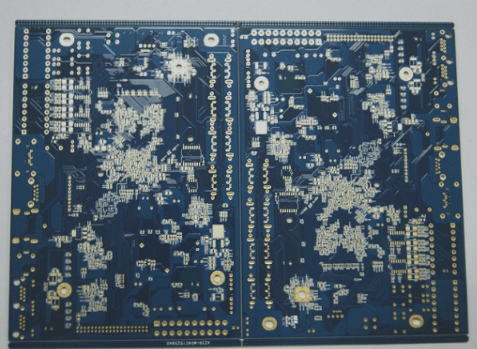PCB Design and the Growth of China’s PCB Industry
PCB design, short for Printed Circuit Board design, is the process of translating a circuit’s schematic diagram into a physical layout. A well-executed PCB design not only ensures proper circuit functionality but also aids in cost reduction and enhances performance and thermal dissipation efficiency.
The Landscape of China’s PCB Industry
Since China’s economic reforms, the country has emerged as a key player in global electronics manufacturing. By 2006, China had become the world’s largest PCB producer, with an output value of 12.1 billion USD, accounting for 24.9% of the global market. The industry experienced rapid growth, outpacing the global average, and is forecasted to continue expanding at a compound annual growth rate of 8.1%.
Growth Drivers and Challenges
China’s PCB industry growth has been driven by factors such as competitive labor costs and robust infrastructure. However, challenges like increasing competition, the demand for higher-quality standards, and environmental regulations persist. Despite these hurdles, the industry remains a vital part of the global electronics supply chain.
Challenges in PCB Design Talent Availability
Second and third-tier cities in China are facing a serious shortage of skilled PCB design talent, impacting the industry’s development. The concentration of talent in South and East China has created a demand-supply gap in other regions, hindering overall growth.
Varied Distribution of PCB Applications
Consumer electronics dominate China’s PCB usage, followed by computers, communications, industrial control, medical equipment, and automotive electronics. This non-uniform distribution emphasizes the industry’s reliance on consumer electronics and the need for diversified PCB solutions across sectors.
Despite the industry’s growth, the technological development of PCB design in China lags behind global standards, posing a challenge for future competitiveness.

Challenges in China’s PCB Industry
- China, the world’s largest PCB producer, still lags behind global leaders in design technology.
- Most multilayer boards produced in China are low-end with fewer than eight layers.
- Technological content of products like HDI and flexible boards is lower compared to advanced foreign products.
- IC substrate production, requiring high technological sophistication, is limited in China.
The Trend of Outsourcing PCB Design
- Despite challenges, China’s PCB market attracts investment with a growing trend of outsourcing PCB design.
- Over 50 PCB design outsourcing requests were posted on platforms like Kuaibao in the first half of this year.
- Outsourcing provides access to specialized skills, high-quality designs, and cost/time savings.
- Platforms like Kuaibao offer insights into the needs driving the shift towards PCB design outsourcing.
In conclusion, China’s PCB industry faces challenges in talent shortages, technological development, and application distribution. Outsourcing PCB design emerges as a strategic solution, enabling companies to access expertise and stay competitive in a dynamic global market.



